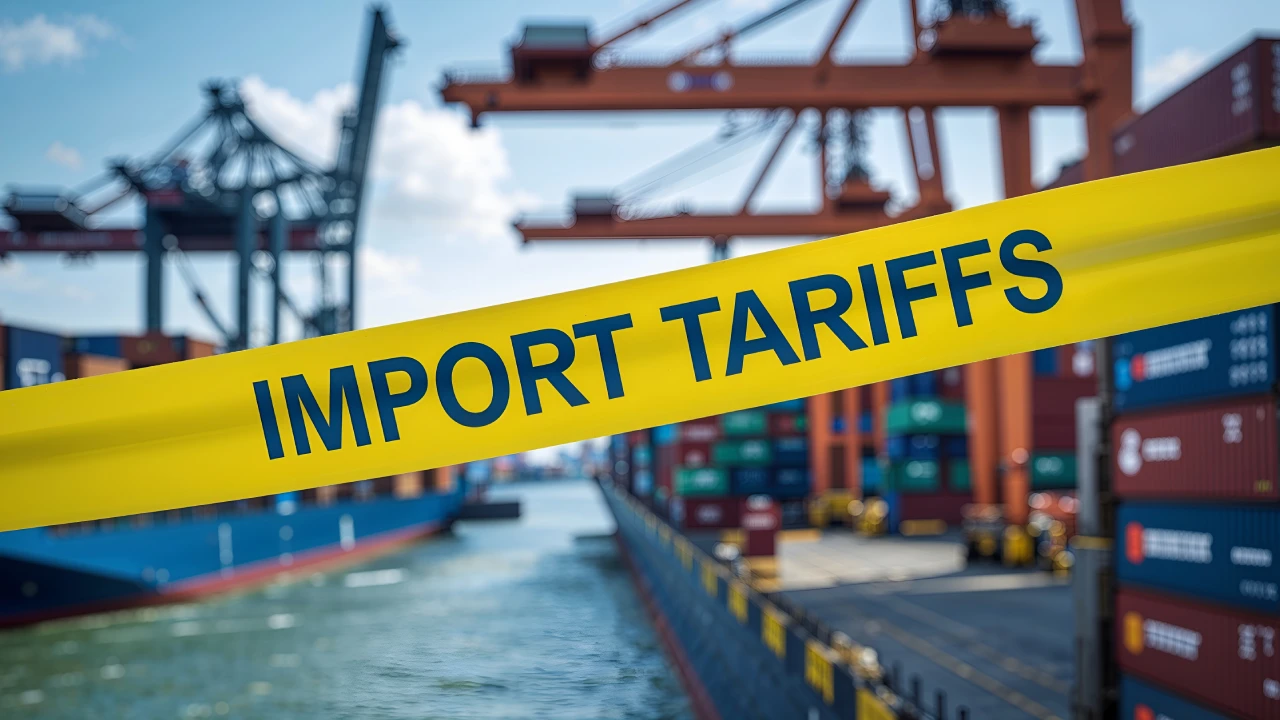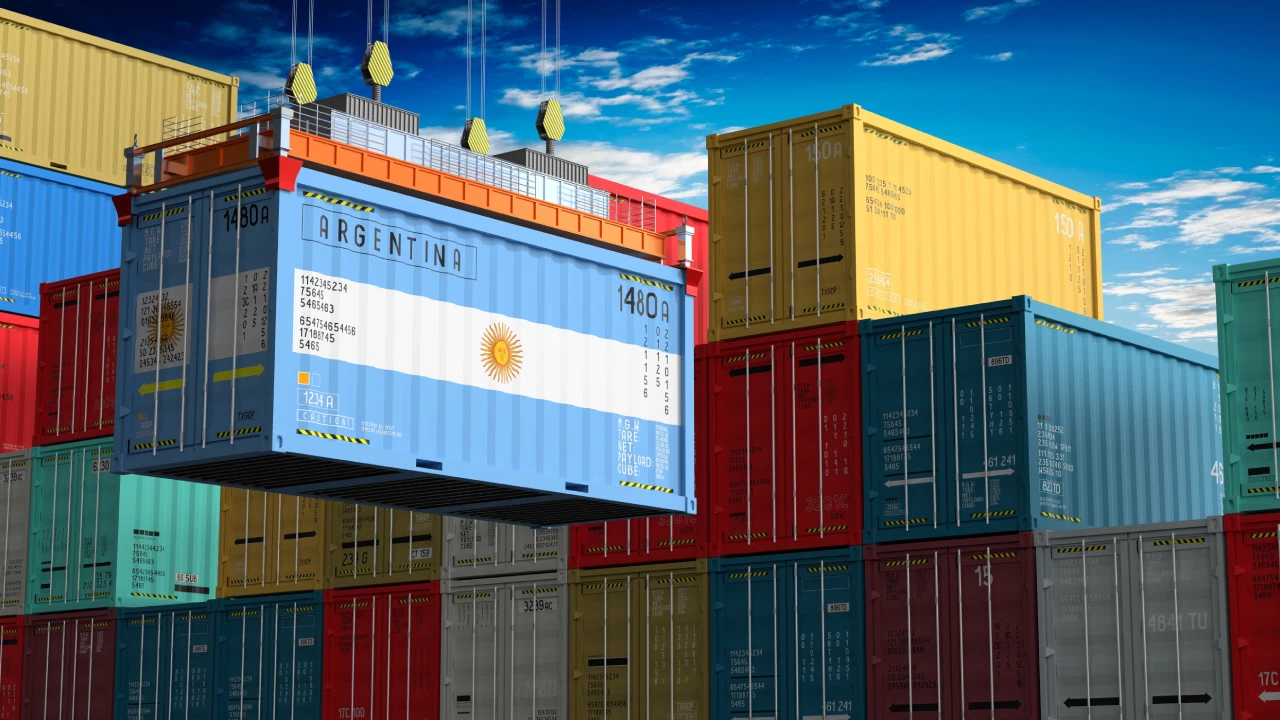
Atlantic Project Cargo is informing you about the introduction of US reciprocal import tariffs. We are ready to help you evaluate the impact of these changes and explore cost-management strategies, such as tariff classification reviews, trade agreement utilization, and alternative sourcing or routing options. Our licensed customs broker may assist you with the US import regulations.
On April 2, 2025, President Trump unveiled a new tariff policy, highlighting a significant shift in the US trade strategy. The plan introduces a 10% baseline tariff on all imports, with higher rates for certain nations.

10% Baseline Tariff
A universal 10% tariff will take effect on April 5, applying to all imported goods. Several countries will only be subject to this baseline tariff, including:
- United Kingdom
- Singapore
- Brazil
- Australia
- New Zealand
- Turkey
- Colombia
- Argentina
- United Arab Emirates
- Saudi Arabia
Specific Reciprocal Tariffs
In addition to the baseline tariff, the White House has announced “specific reciprocal tariffs” targeting approximately 60 nations. These tariffs will take effect on April 9.
The affected countries are:
- Vietnam: 46%
- China: 34%
- Taiwan: 32%
- South Africa: 31%
- Pakistan: 30%
- India: 27%
- South Korea: 26%
- Japan: 24%
- European Union: 20%
- Israel: 17%
A complete list of countries is here.
Key Trading Partners
China
A new 34% tariff will be added to existing duties, including the 20% tariff imposed over fentanyl. This brings the base tariff rate on Chinese imports to 54%.
Canada & Mexico
Canada and Mexico are exempt from the 10% baseline tariff, as they were already targeted under Trump’s previous trade policies. The US government had set a 25% tariff on all goods imported from these countries.
25% Tariffs on Car Imports
Additionally, Trump’s 25% tariff on foreign-made automobiles took effect on April 2 at 12:01 a.m. ET.
Our team will continue to monitor the situation and share updates if more details emerge. For the latest tariff-related information, ask at [email protected]
Tariff News, April 2, 2025: Trump Unveils Sweeping Levies in Stark Shift in Trade Policy
Read More



